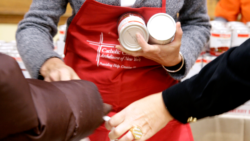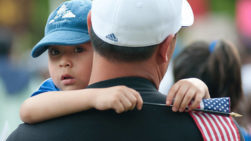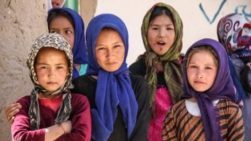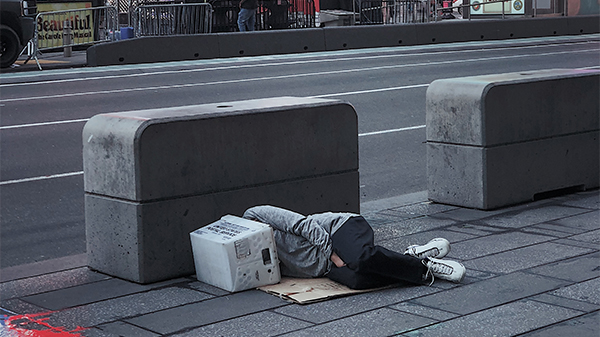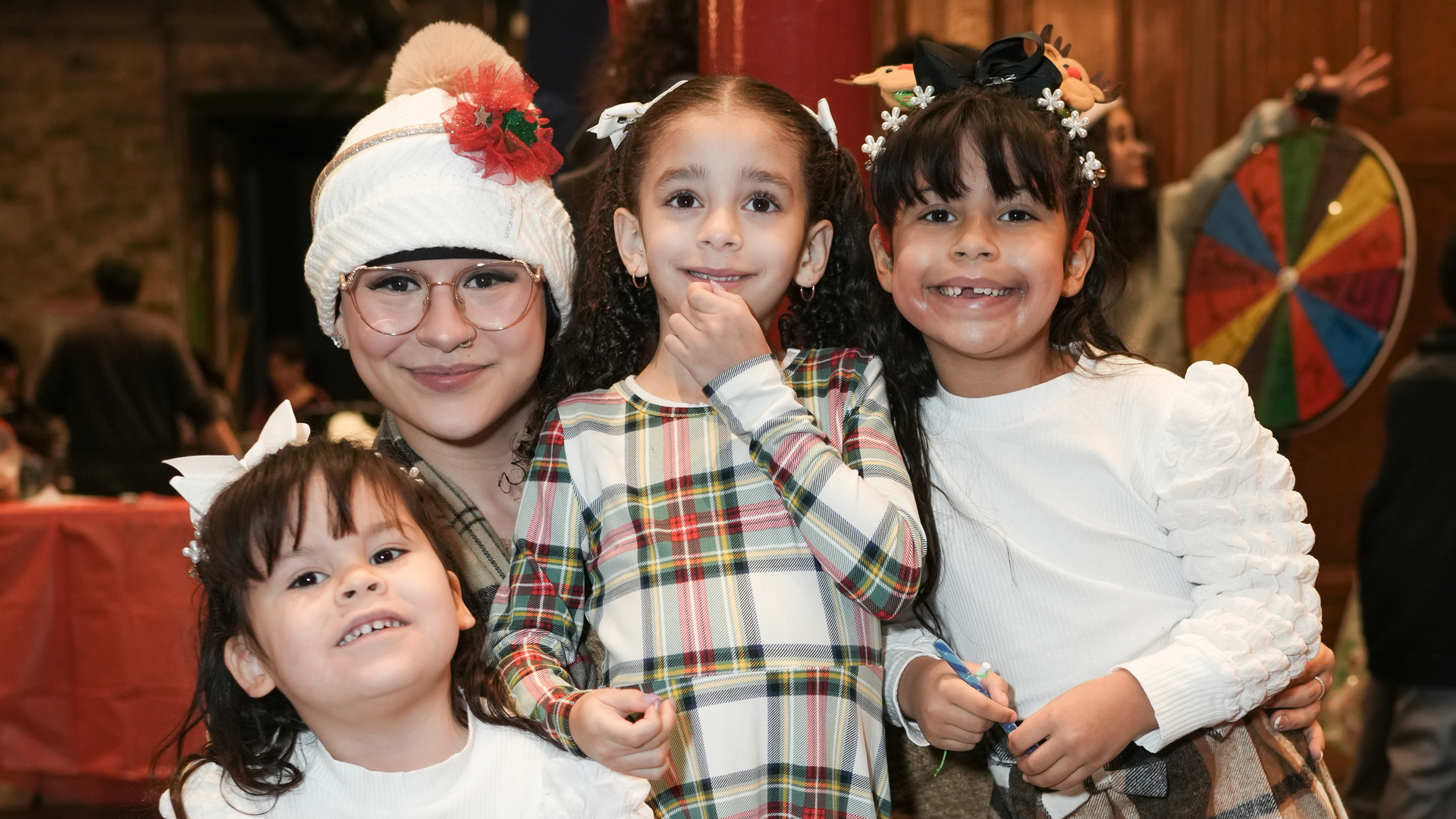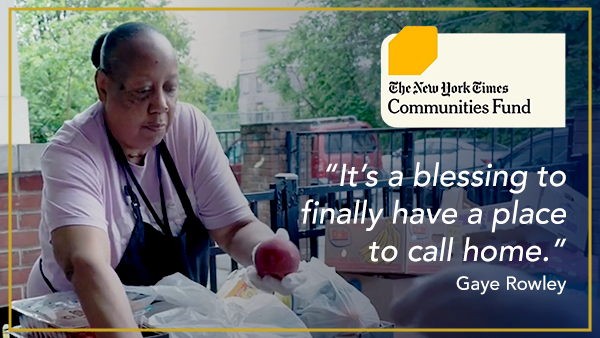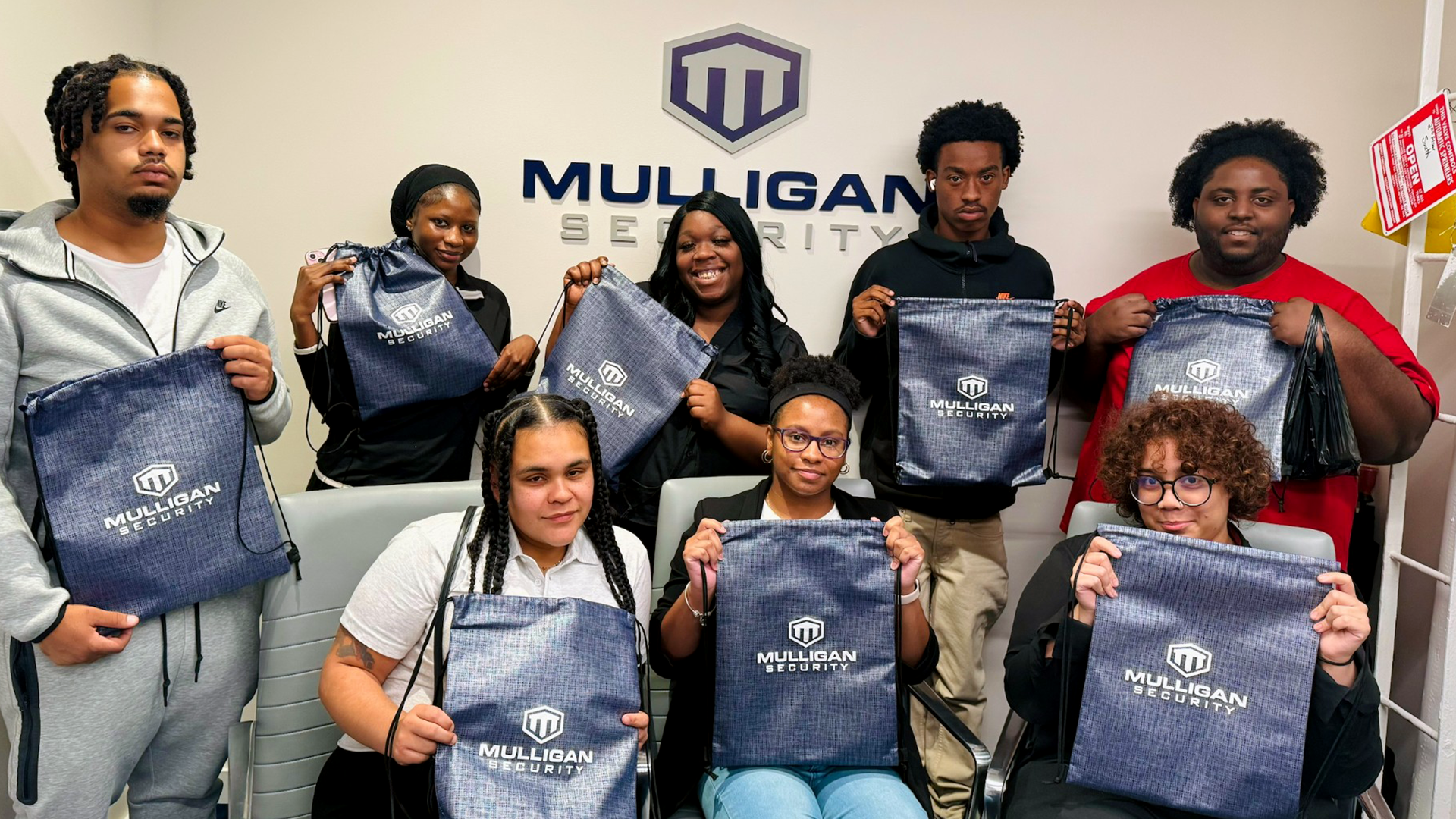A FIRSTHAND ACCOUNT OF THE 2020 HOPE COUNT
If you asked someone for the ideal way to spend a Monday evening in January, canvassing the streets to estimate the number of homeless people in New York would not be a common answer. Yet hundreds of volunteers did just that as part of the Homeless Outreach Population Estimate (HOPE), an annual HUD-sponsored count of New Yorkers experiencing homelessness in all five boroughs on one of the coldest nights of the year. Catholic Charities of New York fielded teams in Manhattan, The Bronx and Staten Island, and hosted a pre-count panel discussion featuring currently and formerly homeless New Yorkers as well as Catholic Charities experts who work with the homeless population.
WHY I VOLUNTEERED
I participated in the HOPE Count to better understand what makes someone choose to stay on the streets rather than seek shelter. As a policy analyst for Catholic Charities I often read about government and community initiatives to combat homelessness, including those administered by Catholic Charities. I had the opportunity implement some of these programs as a caseworker in Westchester County, hearing the stories of families and individuals to and working with them to execute employment plans that would enable them to move into permanent housing. These conversations, however, always happened in an office where people would come to me, or in a cubicle where I could review assessments from the comfort of an office chair. Interacting with the homeless in New York City likewise occurred on my own terms, and like many New Yorkers, I have at times chosen to simply look and keep walking. The HOPE Count, I hoped, would force me out of this comfort zone.
HOPE didn’t waste any time in doing so. One of the fundamental rules of the count was that you had to talk to speak with anyone you met on the street, regardless of whether they looked like they were spending the night on the street. To enforce this provision, the City hired decoys that would report groups who failed to speak with them. This caused some moments that were almost amusing, with people removing their AirPods just long enough to answer our questions, but also mandated engagement with people who were clearly hunkered down for the night. Those who had a place to stay that night were often surprised that the HOPE count existed, and hopefully our brief interactions will cause them to sign up next year.
For those who did not, the resulting conversations were far more enlightening, and reflected a diverse range of personalities and circumstances that defied stereotype. One man told us he was a former city attorney. Another said he had a home and raised a family before his wife’s death led him down a path of self-destruction, and that he looked forward to leaving this part of his life behind him. Others were angry and told us to move on, while others suggested that we provide them with something them in return for answering our questions. Several shared that the streets were safer than a shelter, where belongings are frequently stolen, even by staff, and fights are commonplace. One man, who cheerfully spoke to us, was later seen looking at his arm to find an injection site.
THE TAKE AWAY
Looking back, I am reminded that there is not a ‘one-size fits all’ takeaway. There are as many personal insights as there are people who volunteered that night. If you asked any of the Catholic Charities of New York volunteers, city employees, or West Point cadets in our group, you would get a different answer from each person. That’s because the people we met on the streets shared details of their life’s journeys, and those details became mixed into our personal life’s experiences.
For me, that takeaway was a reminder and recognition that the homeless are not a homogenous collective whose path to permanent housing is simple and clear, but people whose wishes, obstacles and needs in many ways mirror ours, even if different in degree and consequence. I’ve returned to my office chair to work on public policy that, in a small way, can bring positive change to the lives of people living on the streets of New York. All the while, I carry a different and more personal perspective on what it means to provide help and create hope.


